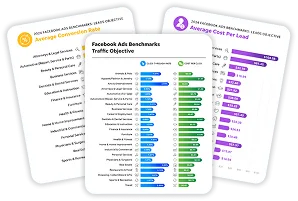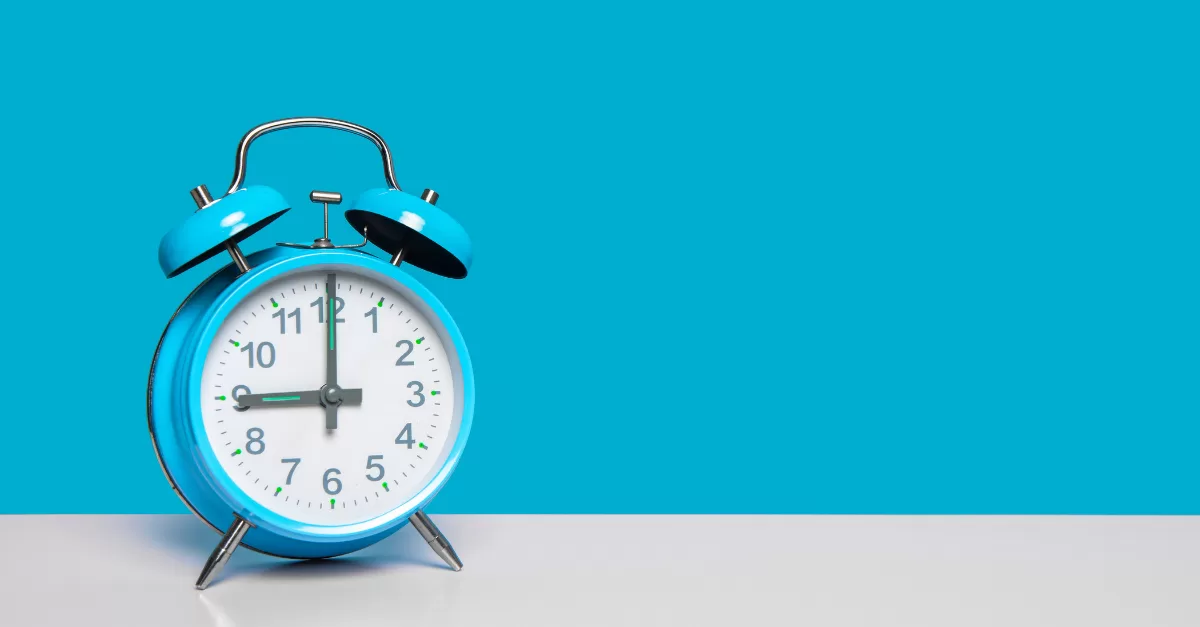When is the best time to post on social media? Most studies say to post your best content early in the week and early in the day.
But the full answer is much more complex. Each social media platform, audience, and type of content nets the highest engagement at different times.
We’ve dug through existing studies to narrow down the best time to post on Facebook, TikTok, and other social media platforms. More importantly, we’ve curated a list of ways you can find the absolute best times to post for your specific business.
Contents
- Does it matter when you post on social media?
- What’s the best time to post on social media across all platforms?
- What’s the best time to post on Facebook?
- What’s the best time to post on Instagram?
- What’s the best time to post on TikTok?
- What’s the best time to post on YouTube?
- What’s the best time to post on LinkedIn?
- Tips to find the best time for you to post on social media
💡 Timing is critical in marketing. You need this full-year marketing calendar to keep the ideas flowing and your strategy on track.
Yes, because most social media algorithms consider recency a ranking factor. Meaning, If yours is the freshest post when your audience is most active, more people are likely to see it.
Even better, that early nudge of attention can start an avalanche of engagement.
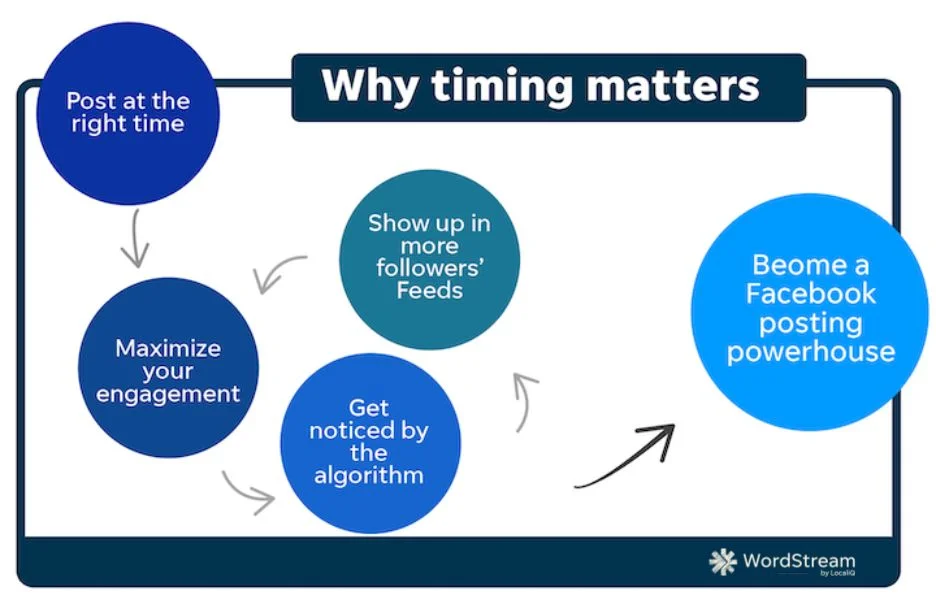
When you post at the right time, more people see your post early on. Then if they like and engage with the post, it’ll be placed in front of more people.
Here’s the kicker, though. You have to start with good content that’s relevant to your audience. The best time to post bad content is never.
The overall best time to post on social media is between 9 a.m. and noon on Mondays, Tuesdays, and Wednesdays.

We came to this conclusion by reviewing several high-profile studies that tracked engagement of social media posts from various platforms.
While digging through the data, we also found the:
- Best days to post on social media: Monday and Wednesday
- The worst day to post on social media: Saturday
It seems that lots of people like to scroll in the morning and at the beginning of the week.
🚨 Get copy-and-paste social media posts ready for the whole year in our free social media template!
But is there really just one best time to post on social media?
Absolutely not. We had to do some mental gymnastics to average out the research results. Look at the best times to post from these three top studies:
- Hootsuite: noon, Monday
- HubSpot: 6 p.m. to 9 p.m., Friday
- Sprout Social: 9 a.m. to 1 p.m., Tuesday and Wednesday
Why is the HubSpot data so different? Because it’s based on a survey of marketers rather than actual user data. We thought the difference between marketers’ perception of the best time to post and actual user data was interesting, so we left it in. But we leaned more heavily on the user-based studies for our conclusions.
But even without HubSpot, there’s still a big spread in the results!
It turns out, you can’t just pick one golden publishing hour that’s the ideal time to post for every social media account. You have to consider things like your audience, the type of content you publish, and how people consume your content.
The platform you post on dictates a lot of these variables—people watch YouTube videos at different times than they read text on Facebook.
So let’s dig a bit deeper into each platform. That way, if you cross-publish content in various formats (hint: you should!), you’ll have some times to target for successful posts.
The overall best time to post on Facebook is 10 a.m. on Monday and Tuesday.

The best days to post on Facebook: Monday through Thursday
The worst day to post on Facebook: Sunday
You can see that the best times to post on Facebook closely followed the overall trend. That makes sense because Facebook has the largest audience with over 3 billion users. So it’s bound to heavily influence the overall result.
Here’s what the different studies say the best time to post on Facebook is:
- Hootsuite: 10 a.m., Monday and Tuesday
- HubSpot: 6 p.m. to 9 p.m., Saturday and Sunday
- Sprout Social: 8 a.m. to 1 p.m., Monday through Thursday
Facebook’s audience skews a little older than what you’ll find on other social media apps. And more than half of its users say they’re there to keep up with current events. That may be why we see so many people engaging mid-morning—workers are scrolling on their coffee and lunch breaks.
The takeaway
On Facebook, your best bet is to post short, “snackable” content before noon throughout the workweek. Try a variety of posts combining images, video, and copy. But remember that roughly half of Facebook users check the app multiple times a day. You might try a couple of different times to see if one is better than the other.
🛑 Are you running paid ads on Facebook? If so, use our free Facebook Ads Grader to make sure you’re driving the most leads and conversions for your business.
The overall best time to post on Instagram is at 9 a.m. on Monday or Tuesday.
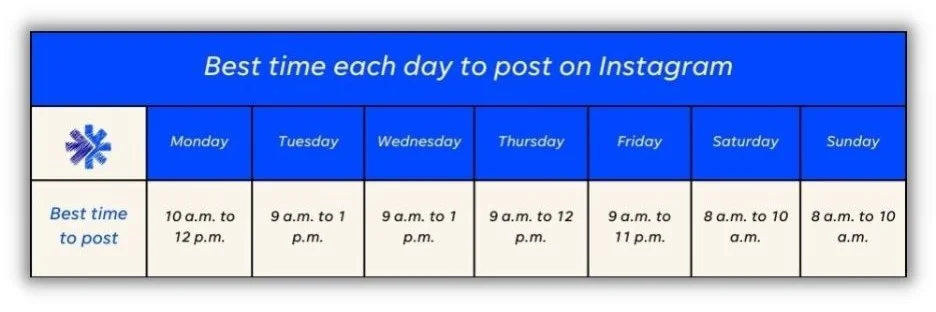
The best day to post on Instagram: Monday
The worst day to post on Instagram: Sunday
Instagram’s algorithm is likely similar to Facebook’s since they’re under the same Meta umbrella. Plus, there is a large crossover audience that uses both platforms. That’s why the best time to post on Instagram is similar to that of Facebook in each study:
- Hootsuite: 9 a.m., Monday and 8 a.m., Thursday
- HubSpot: 6 p.m. to 9 p.m., Saturday
- Sprout Social: 9 a.m. to 1 p.m., Tuesdays and Wednesdays
People go to Instagram to post fun images and be entertained. It seems they really like that distraction as they’re getting their day started.
The takeaway
Give the people what they want early in the week by posting your most entertaining content then. Try some funny Reels to see if short videos are more their thing. Then publish your promotional content on Thursday and Friday as people start thinking about where to spend their time and money on the weekend.
The overall best time to post on TikTok is at 9 a.m. on Saturday.

The best days to post on TikTok: Tuesday and Saturday
The worst day to post on TikTok: Sunday
TikTok is the youngest platform on this list in terms of when it was launched and the age of its audience. Notice how that affects the best time to post there according to the studies:
- Hootsuite: 9 a.m., Saturday and 1 p.m., Sunday
- HubSpot: 6 p.m. to 9 p.m., Saturday
- Sprout Social: 2 p.m. to 5 p.m., Tuesdays and Wednesdays
Unlike its older competition, TikTok gets more engagement in the afternoons and on weekends. When we looked closer at the data, we also saw smaller peaks in the early morning. Clearly people scroll TikTok looking for a little entertainment bump before work and at the end of their day.
Takeaway
TikTok is evolving, so your TikTok strategy should be flexible. While people still head to the platform for some passive distraction, the app is also becoming a popular place to find new products. That means you’ll want to post a mix of entertaining TikToks, educational content, and promotional posts. Focus your post to publish later on weekdays and earlier on weekends to start, but try a few more informative posts mid-morning.
The overall best time to post on YouTube is 6 p.m. on Friday.

The best day to post on YouTube: Friday
The worst day to post on YouTube: Monday
There are fewer recent studies on the best times to post on YouTube. We had to look at different sources, including reports from Social Pilot and an older one from Federated Networks.
- Social Pilot: 2 p.m. to 4 p.m., Sunday
- HubSpot: 6 p.m. to 9 p.m., Friday
- Federated Networks: noon to 3 p.m., Friday
Longer videos are more common on YouTube. Which means people can’t sneak a quick peek in between meetings. That’s why we see engagement spike later in the day and on weekends.
It’s also good to note that the YouTube algorithm works more like Google than a social media platform. Your YouTube videos don’t show up instantly in a feed. Instead, it takes a little time for the algorithm to index your content and then match it to people it thinks will like it.
Takeaway
On YouTube, post a couple of hours before you want your post to be found so the algorithm has time to index it. Aim for when your audience will have time to watch, especially if you publish long-form content. If your focus is YouTube Shorts, try mirroring your Instagram Reels posting schedule to see if that bite-sized content gets attention then.
The overall best time to post on LinkedIn is 10 a.m. on Monday.

The best day to post on LinkedIn: Monday
The worst days to post on LinkedIn: Saturday and Sunday
The data we found for LinkedIn posting times is pretty well-grouped. It all suggests that posting early in the week and earlier in the day is best for the platform:
- Sprout Social: 10 a.m. to noon, Tuesdays and Wednesday
- Hootsuite: 1 p.m., Monday
- HubSpot: 9 a.m. to noon, Monday
That’s not really a surprise. LinkedIn is where professionals go to learn about new jobs and from each other, so of course engagement will be high during common office hours. What’s a little less expected is the trend towards video on the platform. We’re used to seeing lots of text, but short clips are starting to take off on LinkedIn. Here’s a deeper dive into the best time to post on LinkedIn.
Takeaway
Even though mornings are most popular, people tend to pop in and out of LinkedIn throughout the day. It’s a good idea to publish a couple of posts each day early in the week. We’ve seen from the other platforms that video content gets more engagement later in the day, so keep your text-heavy posts for the morning. Then hit your audience with a brief video in the afternoon.
As we’ve seen from the data, the best time to post is all over the map. You’ll need to figure out the posting schedule that works for your needs. These tips will help you find it.
Consider your content type
Content preferences are evolving. Most posts were text-heavy in the early days. Then images became the focus. Then, TikTok kicked off the short-form video craze. And more recently, there’s a push to post slightly longer videos.
People engage with these different content types at different times.
Think about a 30-minute video recap of a popular streaming show watched mostly by adults.
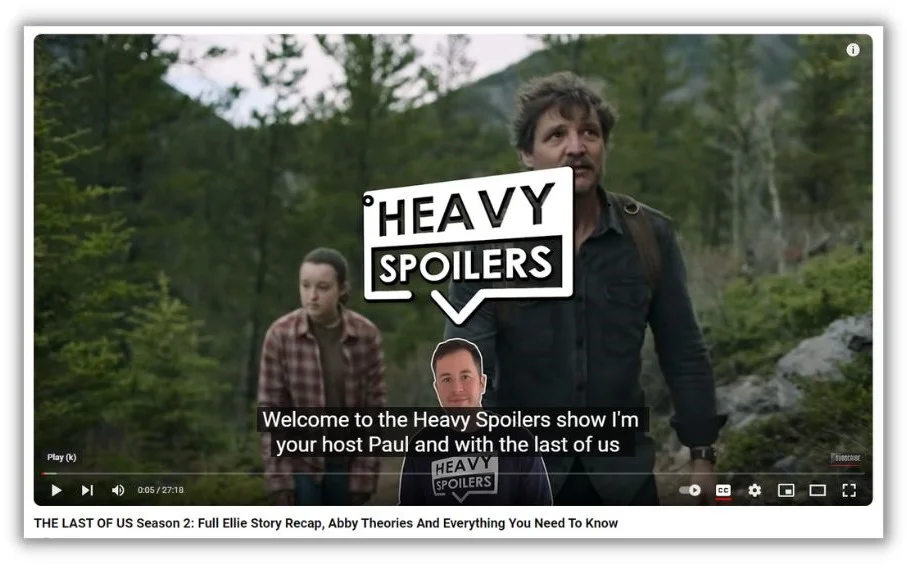
It’d be difficult for most working-age viewers to watch this entire video during the day. So, you’d want to publish it in the evenings or on a weekend morning, when the target audience has more idle time—remembering to post a couple of hours in advance to let YouTube do its thing.
Now let’s say you’re a real estate social media marketer, posting a short Instagram Reel to promote a new listing.
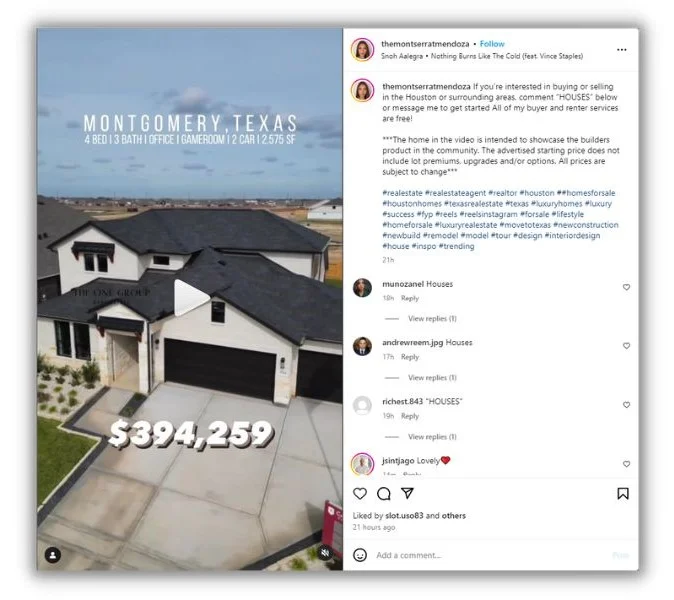
You’d get a lot more traction early in the morning on weekdays as people take a brief brain break to thumb through new-home inspiration.
Whichever type of content you post, put yourself in your audience’s shoes and imagine when they’d most likely read or watch it. Let that tell you when to post on each social media platform.
See when your audience is online
It’s not just video length or content type that suggests when you should post on social media. You also have to know when your specific audience is on each platform.
For example, what if you’re posting a 30-minute montage of scenes from the cartoon Paw Patrol.
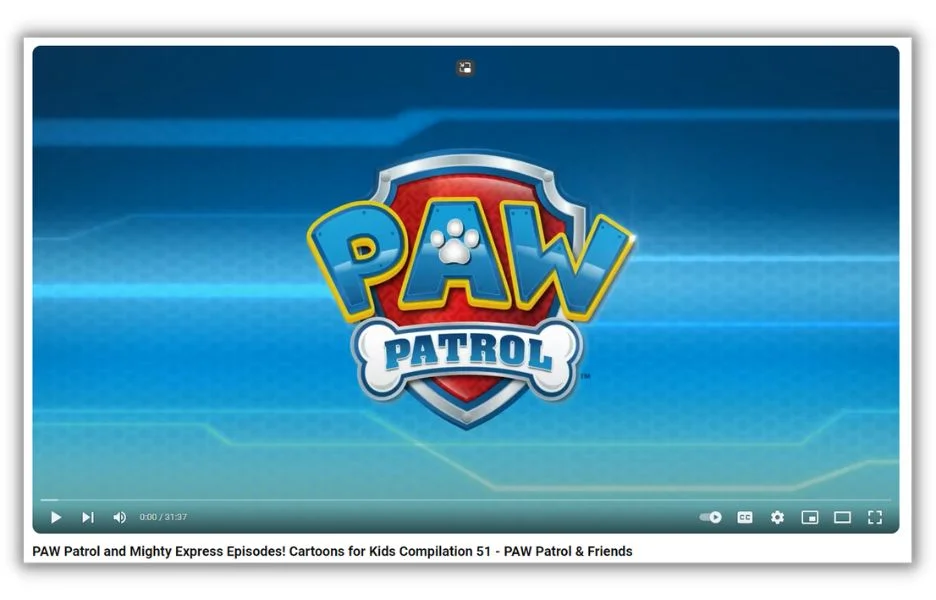
Sure, it’s a long-form video. But the audience is not likely working a 9-5 (no shame if you are), so weekday mornings might be just fine.
How can you tell when your audience is online? Look at the analytics available on each platform.
Over on TikTok, you get an hourly graph showing the peaks and valleys of audience engagement on your account.
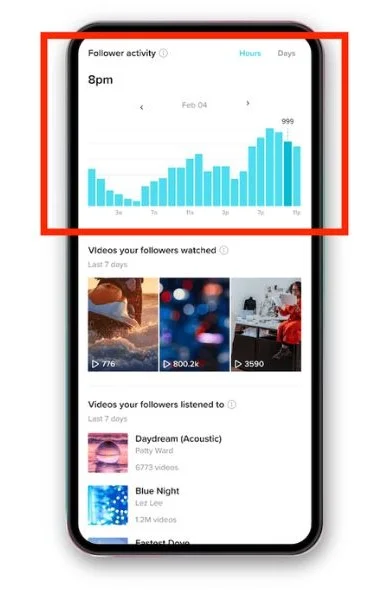
Facebook, Instagram, and others also give you lots of data. Dive in and you’ll know exactly when to post on each platform.
Review previous posts
Deciding when to post on social media is a bit like the game Battleship. You plunk a post down at a specific point on the calendar and if it’s a hit, you keep trying around that time. If you don’t get much engagement, you aim for a different place on the board.
You’ll head back to your analytics dashboards to track which posting times are a hit and which are a miss.
There are a couple of ways to do it. The first option is to look at the metrics of each post individually.
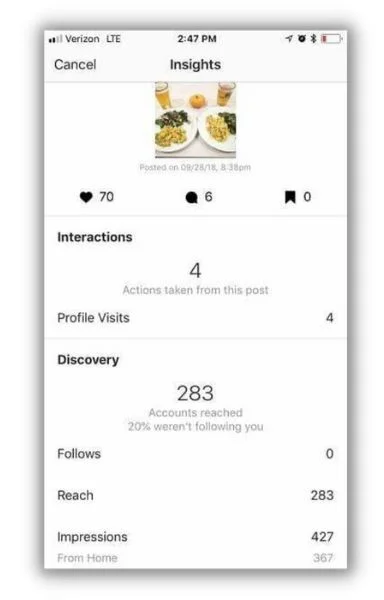
Create a spreadsheet with columns for the post, the platform, and the time it was published. Then head to the individual post analytics to see how many likes, shares, etc. each collected.
If you publish different types of content at different times in the day, you could also look at the performance of each of those types, like from this Facebook report.
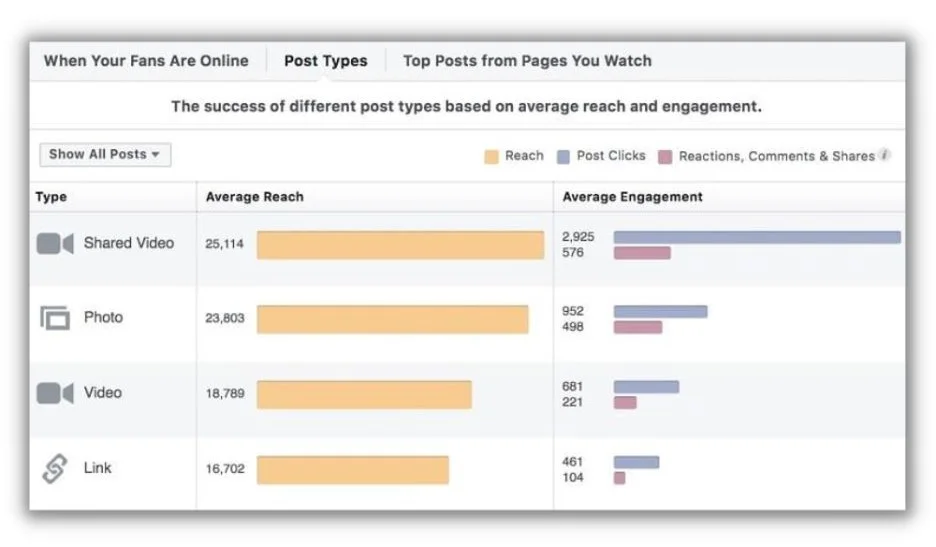
If your afternoon videos are way outperforming your morning image-only posts, you could try to shift more of your posts to the afternoon.
No matter how you review, you’ll start to see patterns in your social media publishing schedule that can inform future posts.
Complete a competitive review
You can learn a lot from looking at accounts similar to yours on social media. If they’re getting tons of engagement by posting on Friday afternoons, you should test those times, too.
The key is to find accounts that share the same type of content for a similar audience. You don’t want to post like a Paw Patrol fan account with your Last of Us recap content.
Once you find the right competitors, simply look at their most popular content and see when they posted it.
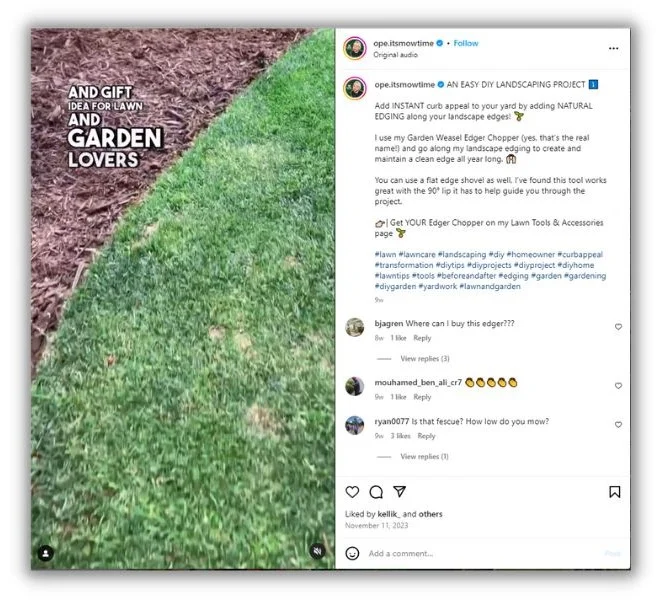
The accounts that have been around a while likely know when the best time is to post on social media. Look to see if three of the most popular accounts in your industry post at roughly the same time. If so, there’s your target.
Know the best time to post on social media for your business
Use the data in the reports we’ve shared as the start of your search for the ideal social media posting schedule. Try posting at the times and days we’ve suggested, and audit the results.
But don’t stop there. Your business is unique and so is your ideal social media calendar. Remember these tactics to figure out when you should post on each platform:
- Consider your content type
- See when your audience is online
- Review previous posts
- Complete a competitive review

